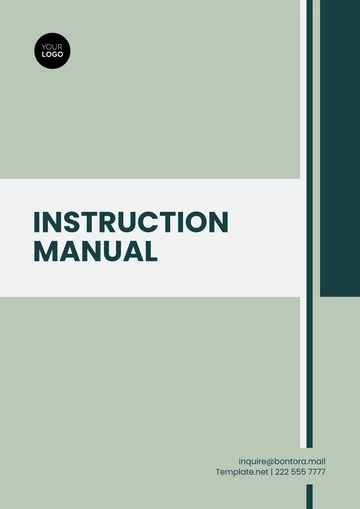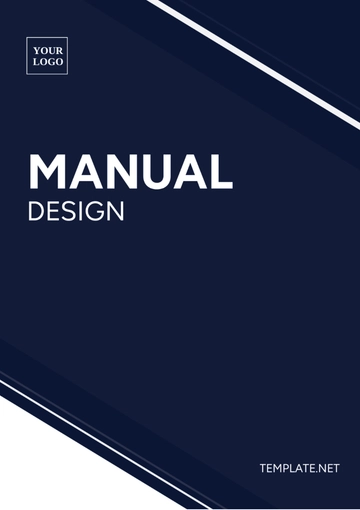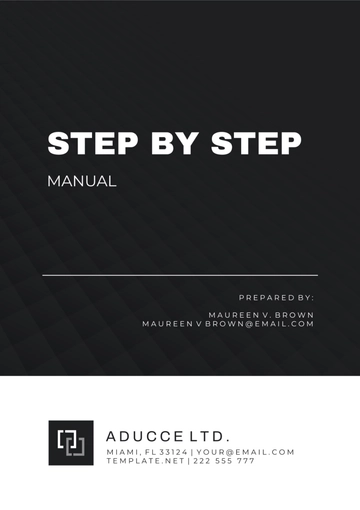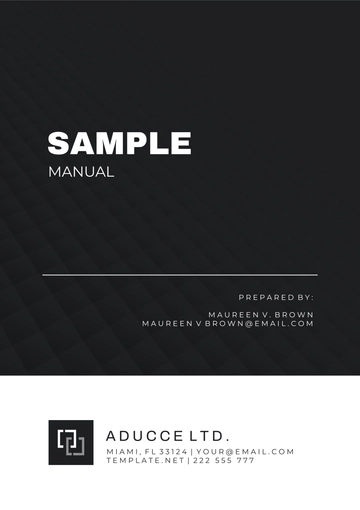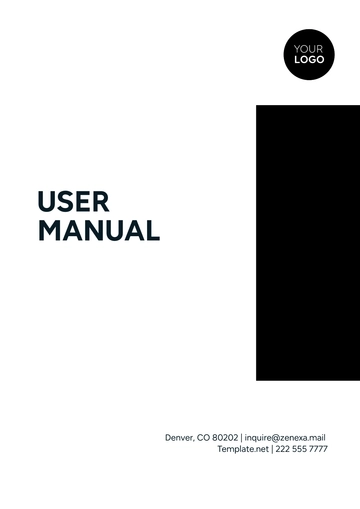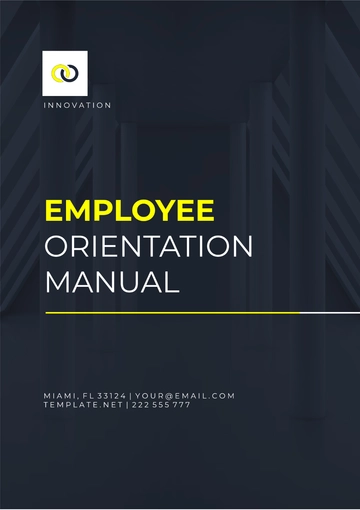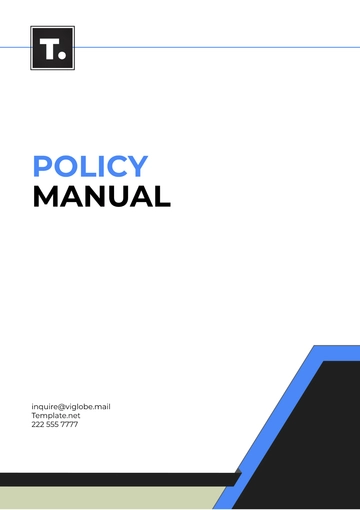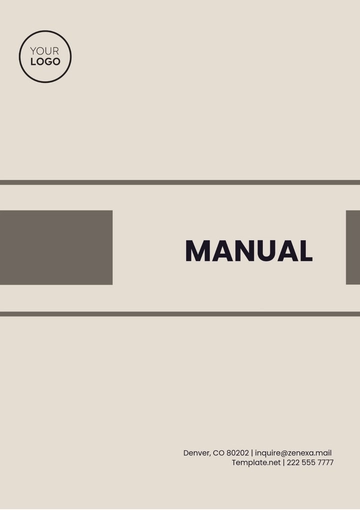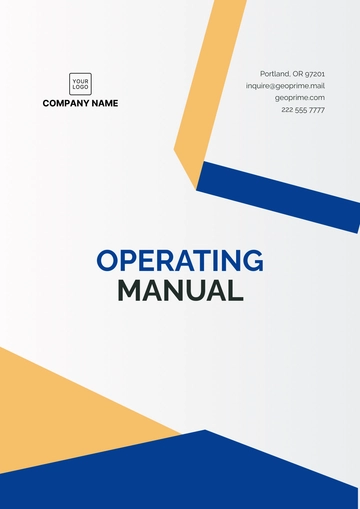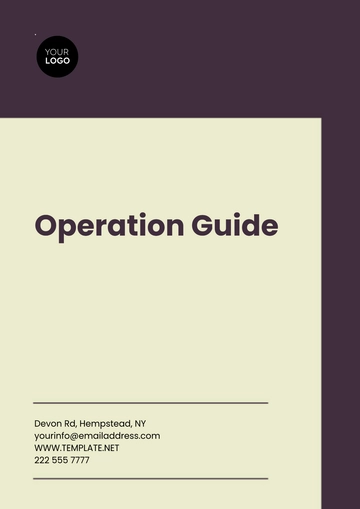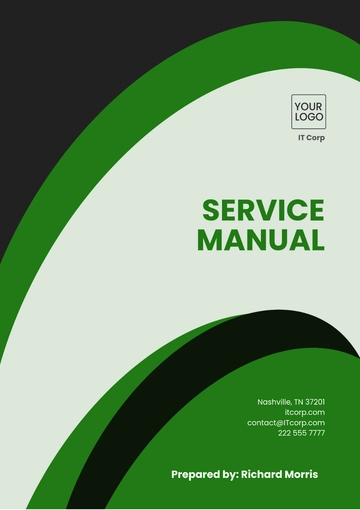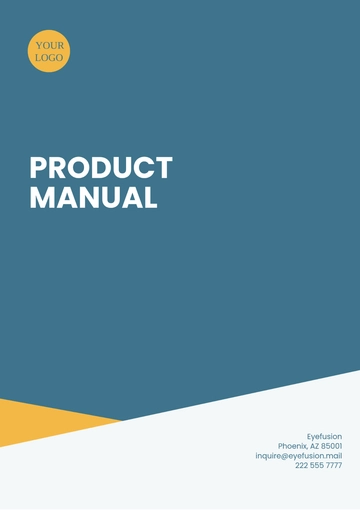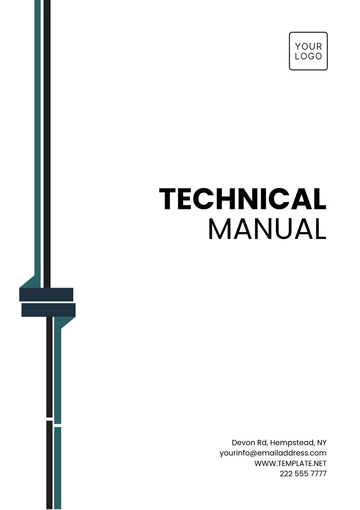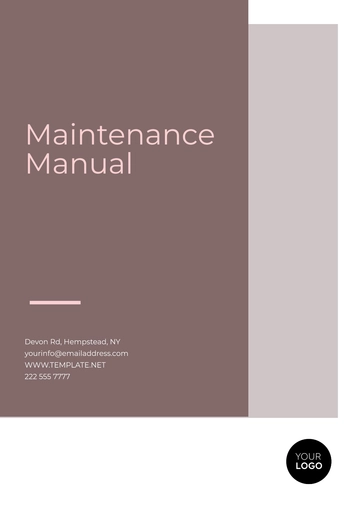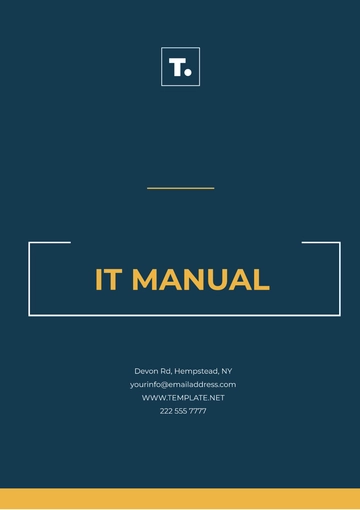Free Content Writer Training Manuals
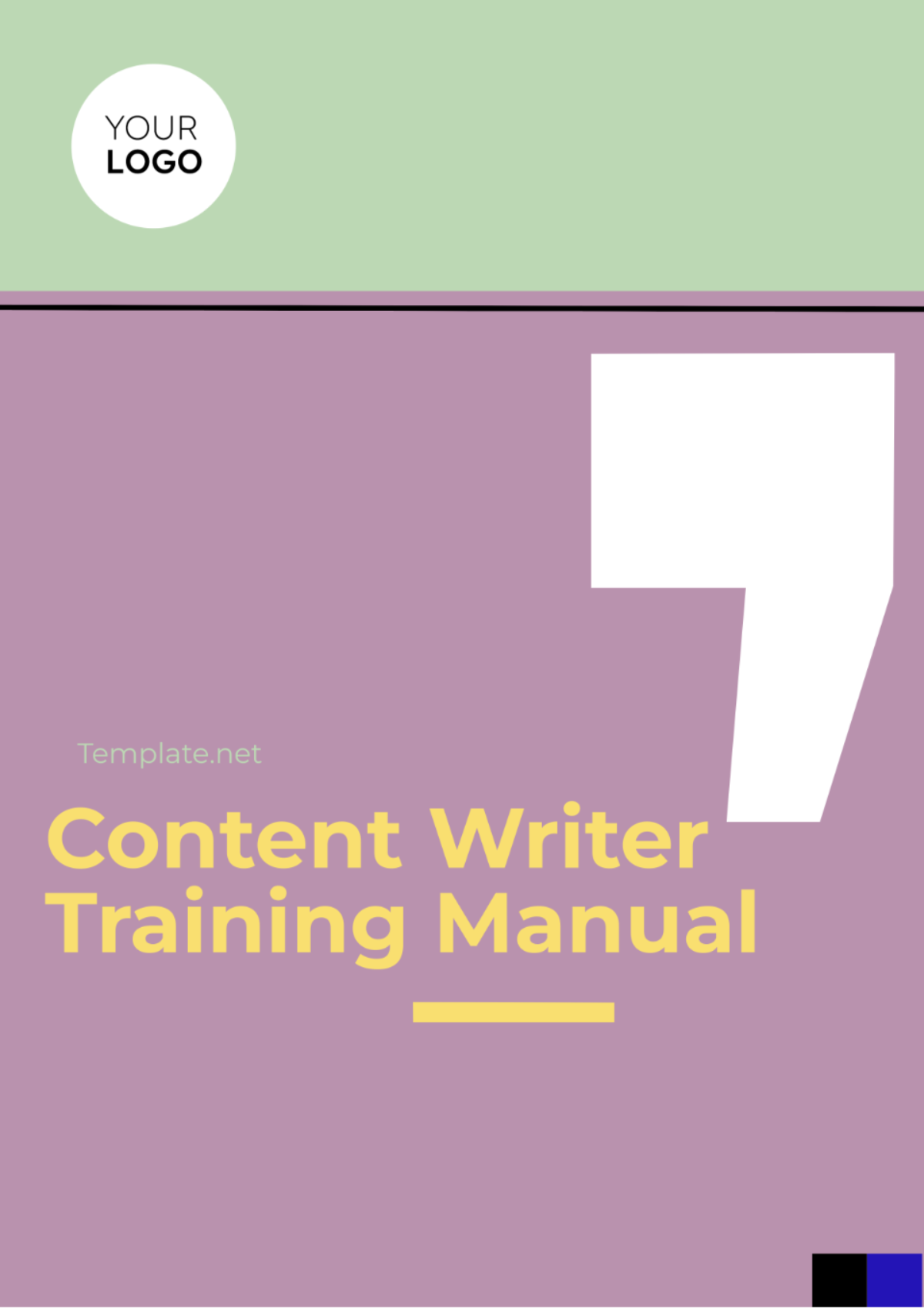
Name | Company | Department | Date |
|---|---|---|---|
[Your Name] | [Your Company Name] | [Your Department] | [Date] |
I. Introduction
The [Your Company Name] Content Writer Training Manual is a comprehensive guide designed to equip aspiring content writers with the skills and knowledge needed to excel in the field of content creation. Whether you're a beginner looking to kickstart your writing career or an experienced writer seeking to enhance your skills, this manual will provide you with valuable insights and practical tips to craft compelling and engaging content.
II. Understanding the Basics of Content Writing
In this section, we'll explore the fundamentals of content writing, including writing techniques, grammar rules, and content strategy. You'll learn how to structure your content effectively, maintain consistency in tone and style, and create content that resonates with your target audience.
1. Writing Techniques:
Learn various writing styles such as persuasive, informative, and storytelling.
Understand the importance of clarity, brevity, and coherence in writing.
2. Grammar Rules:
Brush up on grammar essentials such as punctuation, sentence structure, and verb agreement.
Avoid common grammar mistakes and improve the readability of your content.
3. Content Strategy:
Develop a content strategy that aligns with your goals and target audience.
Identify content topics, keywords, and themes to create a cohesive content plan.
III. Mastering SEO Principles
Search Engine Optimization (SEO) is essential for maximizing the reach and visibility of your content online. In this section, we'll cover SEO basics, keyword research, and on-page optimization techniques to help your content rank higher in search engine results and attract more organic traffic.
1. SEO Basics:
Understand the importance of SEO in content writing and digital marketing.
Learn about key SEO concepts such as keyword density, meta tags, and backlinking.
2. Keyword Research:
Conduct keyword research to identify relevant keywords and phrases for your content.
Use keyword research tools to discover high-traffic keywords with low competition.
3. On-Page Optimization:
Optimize your content for search engines by incorporating target keywords naturally.
Follow on-page optimization best practices to improve your content's visibility and ranking.
IV. Creating Engaging and High-Quality Content
Content writers play a crucial role in capturing the attention of readers and keeping them engaged. In this section, we'll discuss content creation strategies, storytelling techniques, and visual content to help you create content that captivates your audience and drives meaningful interactions.
1. Content Creation Strategies:
Develop compelling content ideas that resonate with your target audience.
Use storytelling techniques to create narratives that engage and inspire your readers.
2. Storytelling Techniques:
Craft compelling narratives that evoke emotions and connect with your audience on a deeper level.
Use storytelling elements such as characters, conflict, and resolution to create memorable content.
3. Visual Content:
Incorporate visual elements such as images, infographics, and videos to enhance your content.
Use visual storytelling techniques to convey complex ideas and concepts effectively.
V. Editing and Proofreading Your Content
Effective editing and proofreading are essential for ensuring the quality and professionalism of your content. In this section, we'll provide editing tips, proofreading checklists, and grammar tools to help you polish your writing and eliminate errors before publishing.
1. Editing Tips:
Develop a systematic approach to editing your content for clarity, consistency, and accuracy.
Use editing techniques such as rewriting, restructuring, and revising to improve your writing.
2. Proofreading Checklist:
Create a checklist of common errors to watch out for during the proofreading process.
Review your content systematically to identify and correct grammatical, spelling, and punctuation errors.
3. Grammar Tools:
Explore grammar-checking tools and software to streamline the proofreading process.
Use grammar tools to identify and correct errors quickly and efficiently.
VI. Content Promotion and Distribution
Writing great content is only half the battle; effectively promoting and distributing your content is equally important. In this section, we'll explore content promotion strategies, social media marketing, and email marketing techniques to help you reach a wider audience and maximize the impact of your content.
1. Content Promotion Strategies:
Develop a multi-channel content promotion strategy to maximize your content's reach and visibility.
Use a combination of organic and paid promotion tactics to amplify your content's reach.
2. Social Media Marketing:
Leverage social media platforms to share your content with your audience and engage with them on a personal level.
Use social media marketing techniques such as hashtags, influencer collaborations, and user-generated content to increase your content's visibility.
3. Email Marketing:
Build an email list of subscribers interested in your content and industry niche.
Use email marketing campaigns to deliver personalized content to your audience and drive traffic to your website or blog.
VII. Conclusion
The knowledge and skills acquired through this manual, you're well-equipped to embark on your journey as a successful content writer. Remember to keep practicing, stay updated with industry trends, and never stop honing your craft.
- 100% Customizable, free editor
- Access 1 Million+ Templates, photo’s & graphics
- Download or share as a template
- Click and replace photos, graphics, text, backgrounds
- Resize, crop, AI write & more
- Access advanced editor
Hone your writing craft with Template.net's Content Writer Training Manual Template. Crafted for versatility, it's fully editable and customizable to suit your learning needs. Seamlessly adjust content using our intuitive Ai Editor Tool, ensuring a personalized learning journey. Elevate your writing skills and captivate audiences with compelling content.
